The TikTok ban saga appears to finally be over as reports suggest a deal has been done
The app is no longer at risk of being banned
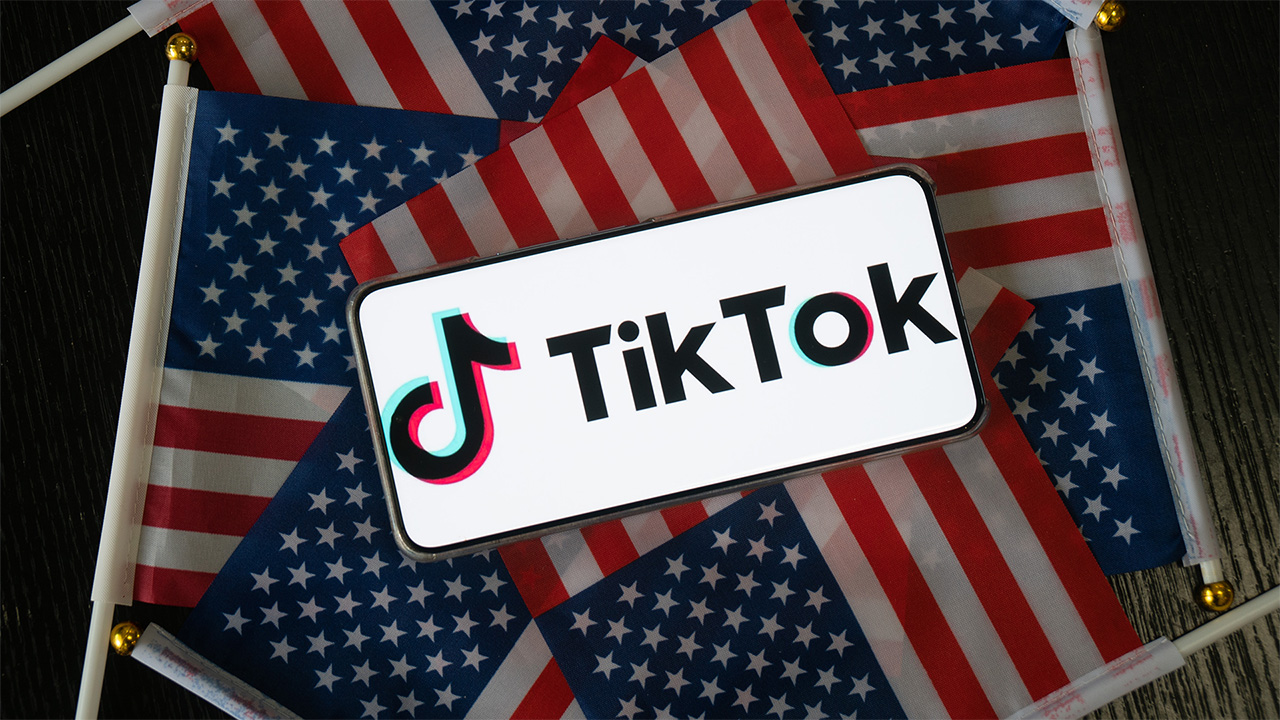
2025 has been a busy year for TikTok and the U.S. government. We've seen bans, extensions, rumored deals, and app shutdowns – it's certainly been a rollercoaster.
But the TikTok ban saga may finally be nearing its conclusion. According to President Trump, the framework of a deal between the U.S. and China has been agreed and TikTok will be sold.
Details have yet to be announced, but Trump has spoken to President Xi Jinping about the deal and mentioned the the U.S. investors who may be involved in the deal.
Earlier this year, TikTok's parent company, ByteDance, was ordered to sell the U.S. operations of its app or face a ban in the country. A sale required agreement from both the U.S. and China.
A deal means we're unlikely to see TikTok leave the U.S. In January, the app's ban caused a 12 hour shutdown, with many Americans turning to the best VPNs to try and access the app.
The app soon came back online and returned to the U.S. Apple App and Google Play Stores. TikTok is still technically "banned" in the U.S., but President Trump has delayed its enforcement multiple times – the fourth being ordered on September 16.
With a deal nearing completion, what happens now and how did we get here?
The Latest
U.S. Treasury Secretary Scott Bessent said the "framework" for a deal was agreed upon on September 15, but no commercial details were released.
Speaking to reporters on September 16, President Trump said "we have a deal on TikTok" and added he would speak to President Xi Jinping "to confirm everything up."
Trump spoke to the Chinese President on Friday, September 19 and said he approved of the deal – however Beijing is yet to confirm this. The next day, China's Commerce Ministry issued a statement saying it "respects the wishes of the enterprise, and welcomes it to carry out commercial negotiations."
The Verge reported that it may be another month before TikTok finalizes the sale of its U.S. operations. It appears as though a new U.S. entity would be created – an idea that's been around for a while now.
The Wall Street Journal suggests a group of U.S. investors, including Oracle, Silver Lake, and Andreesen Horowitz, would take control of an 80% stake. Oracle would reportedly be in charge of user data.
In an interview on Sunday, September 21, President Trump said Rupert Murdoch and his son, Lachlan, would "probably" be part of the group of U.S. investors. Oracle's chairman Larry Ellison and Dell founder Michael Dell would also likely be involved according to Trump.
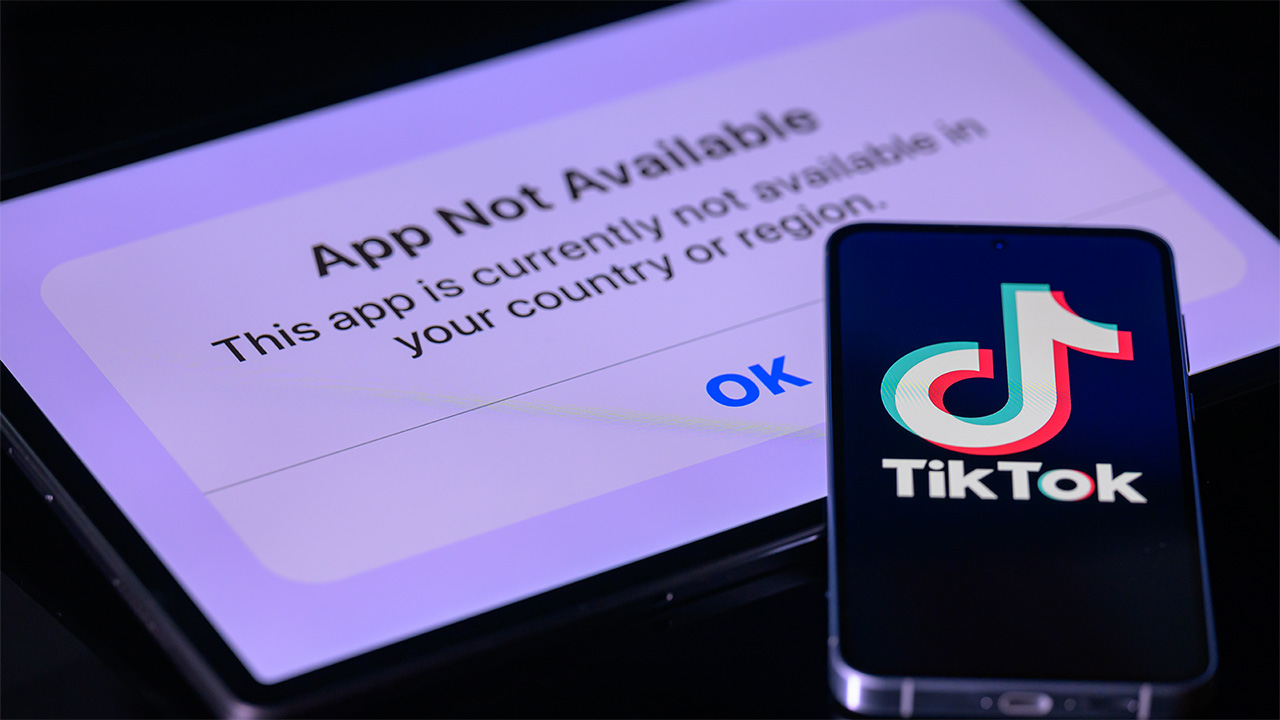
U.S. TikTok users would move to an entirely new app, with its algorithms using technology licensed from ByteDance. CNBC reports said TikTok servers would remain in the U.S. American user data being shared with China was one of the U.S. government's major concerns.
The White House confirmed that U.S. companies would control TikTok's algorithm in America. U.S. investors would also hold six out of the seven board seats for the app's U.S. operations.
Neither The White House, China, or ByteDance has officially confirmed a deal, but there is confidence one has been agreed.
If and when a deal is finally agreed, it certainly wouldn't be back normal. How new ownership would impact the data of U.S. users is unclear – it isn't just the Chinese authorities that collect user data, western governments collect it too.
What happened in January?
January saw a whirlwind few days for TikTok and its users. The popular short-form video sharing app, owned by technology company ByteDance, had been scrutinised by U.S. lawmakers over its apparent links to the Chinese Communist Party.
National security concerns were the main driving force behind this, with the company having access to the data of 170 million American users.
Jul '20 – U.S. government announces it is considering banning TikTok after a request from President Donald Trump
Dec '22 – Use of TikTok is prohibited on federal government devices
Apr '24 – President Joe Biden signs law giving ByteDance 9 months to sell TikTok or face U.S. ban
Dec '24 – Judges dismiss ByteDance's legal case arguing the banning of TikTok is "unconstitutional"
10 Jan '25 – Supreme Court hears arguments from ByteDance and US government
17 Jan '25 – Supreme Court rules to uphold the nationwide TikTok ban
18 Jan '25 – TikTok begins shutting down the app
19 Jan '25 Law comes into effect and TikTok is banned
19 Jan '25 – After approximately 12 hours, TikTok's app begins to function again
20 Jan '25 – Inauguration of President Donald Trump
20 Jan '25 – Executive order signed which doesn't enforce law for 75 days
13 Feb '25 – App returns to U.S. Apple App and Google Play Stores
Feb – Mar '25 – Rumors circulate about potential sale agreements
05 Apr '25 – No deal agreed. President Trump grants another 75 day extension
19 Jun '25 – Second extension expires. A third, 90 day, extension is granted
15 Sep '25 – Framework of deal agreed, according to President Trump
16 Sep '25 – Fourth extension granted, expiring on December 16, 2025
19 Sep '25 – Trump speaks to President Xi Jinping regarding the deal
20 Sep '25 – Chinese government releases a statement but doesn't confirm deal is agreed
21 Sep '25 – In an interview, President Trump suggests which investors are involved in the deal
These concerns culminated in the Supreme Court upholding the ban on Friday, January 17, with the order becoming law on Sunday, January 19.
The law stated the app would be banned because it had not been sold to an American company before the deadline.
TikTok begun shutting the app's services down in the U.S. on the evening of Saturday, January 18 – hours before the law was due to come into effect.
Users were hit with pop-up messages explaining the app was no longer available in the U.S., with many mourning this loss, and some even deleting the app.
The message instructed people to "stay tuned" as a solution was expected to be worked on with President Trump when he took office on Monday, January 20.
But these series of events didn't take long to reach a short-term conclusion as, a mere 12 hours later, TikTok was available again in the U.S. and the app was functioning.
Services were restored as Donald Trump signalled he would sign an executive order to delay the ban.
On January 20, the day of his inauguration, President Trump signed an executive order instructing the law not to be enforced for a period of 75 days. This paused the app's banning and gave time for a more permanent solution to be found.
The executive order also notified other tech companies, including Apple and Google, that they would not be liable for any actions taken while the law was being enforced.
Tom's Guide has also produced a detailed timeline of the U.S. TikTok ban.
The law in action
The law meant the removal of TikTok from various app stores. Google and Apple had been warned by Congress they'd need to be ready to remove TikTok from the Google Play and the Apple App Store – and they complied.
American companies could have been fined for ignoring the law and providing access to TikTok's services.
The Verge reported that service providers risked fines of $5,000 for every person who accessed TikTok through them. That could mean billions of dollars in total and the fines can be pursued up to five years later.
As a result, Apple and Google removed TikTok from their respective app stores, with Apple releasing a document detailing the measure.
Despite Trump's executive order, the apps did not return to stores and were unavailable to download.
It was originally thought that those who already have the app downloaded would see no real impact in the short term, with a lack of security updates and bug fixes the main concern,
But when TikTok shut down its services in the U.S., people accessing the app were met with a pop-up message saying "Sorry, TikTok isn't available right now."
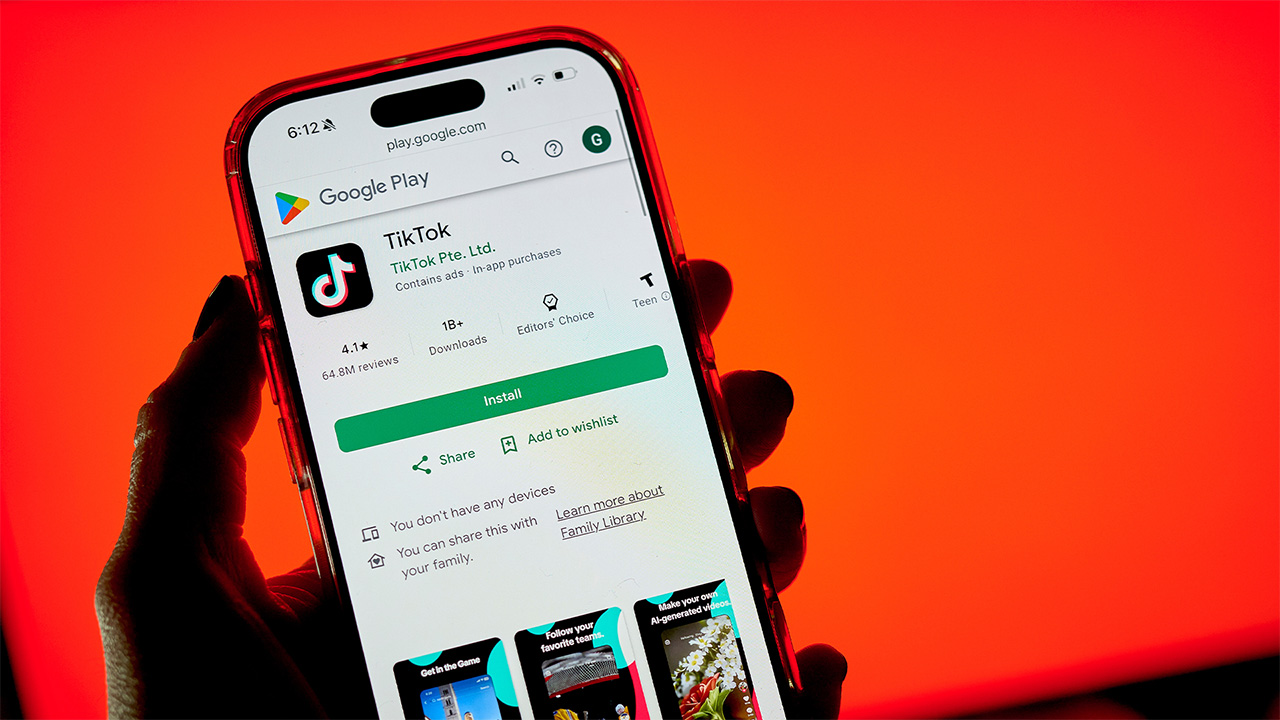
But TikTok returned to the U.S. App and Google Play Stores on Thursday, February 13. President Trump reportedly assured the tech giants that they wouldn't be fined for distributing or maintaining the app.
How did the shutdown work?
A total app shutdown had been rumoured in the few days beforehand and users were advised to download their data and personal information – something that is vital for maintaining data privacy.
It isn't clear what was done on the technical side of things to remove TikTok's function nationwide. When India banned TikTok in 2020, it disabled downloads and demanded that internet service providers (ISPs) block it all together.
However, NetBlocks, an internet watchdog, reported that widespread network level restrictions, imposed by internet providers, didn't seem to be in use.
ℹ Note: Social media platform TikTok has deactivated its own service in the US after a ruling by the Supreme Court on Friday upholding a nationwide ban; there are no indications of widespread network level restrictions imposed by internet providers at the present time #TikTokBan pic.twitter.com/jP4iEpPek3January 19, 2025
TikTok's own support page says it determines your approximate location through your SIM card and IP address. So, even if your IP address is masked by a VPN, you may still not be able to access the app due to having a U.S-registered phone number.
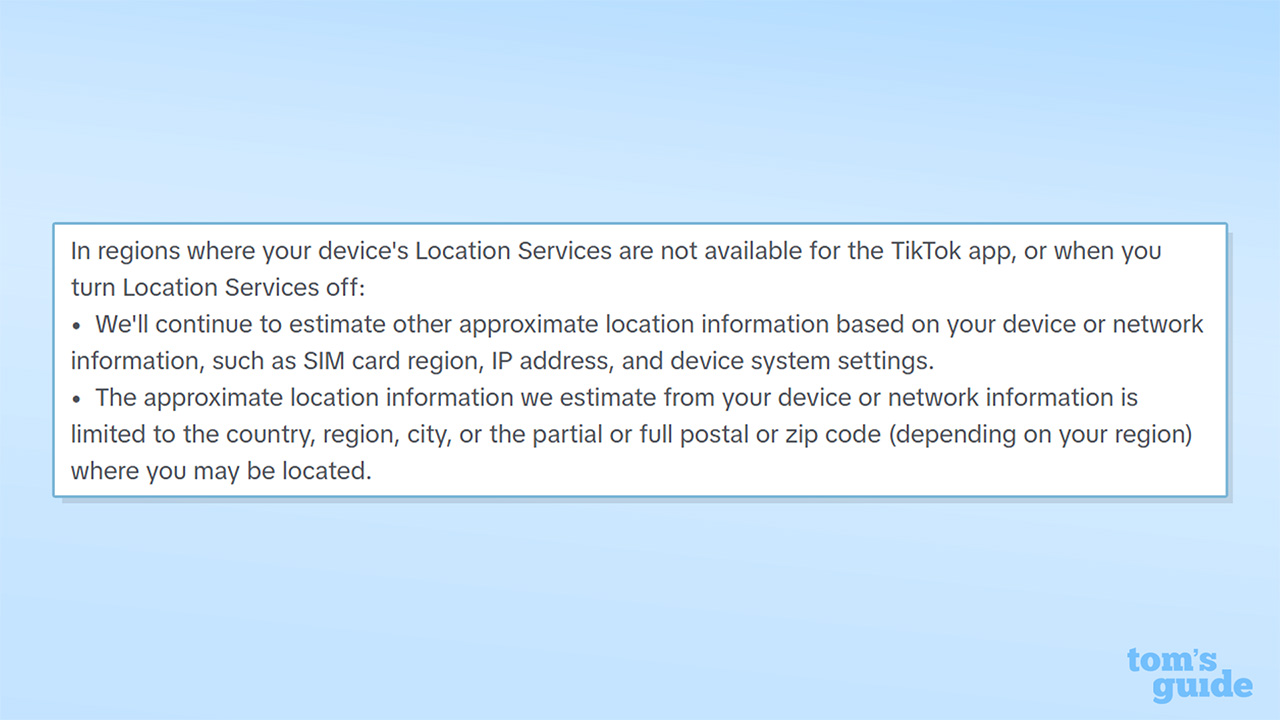
Using a VPN to access TikTok
Prior to the ban, it was assumed that you'd be able to access TikTok by using one of the best TikTok VPNs.
However, this appeared to have been more complex than first thought, as many users reported not being able to access TikTok, even when connected to a VPN.
Despite being connected to a server in a different country, one where TikTok was available, the app remained blocked. This therefore leaves us assuming that the ban could have revolved around U.S-based SIM cards or TikTok accounts being restricted by geo-location – in short, if your account was created in the U.S. then your app would be disabled.
Some users reported being able to access the TikTok website but not being able to sign-in to their accounts.
Although services have returned to normal, we'd still recommend connecting to a VPN whilst using TikTok to protect yourself from third-party trackers and encrypt your data.
NordVPN: the best VPN
NordVPN is our #1 VPN, and is a great all rounder. Its super fast and perfect for streaming. You can protect up to 10 devices and there are over 8,000 servers available worldwide.
Plans start at $3.09 per month ($83.43 up front), with an extra 3 months of protection thrown in for free. There's also a 30-day money-back guarantee, so you can see if it's right for you.
How did this case come about?
The fractured relationship between TikTok and the U.S. government goes back years, and correlates with rising geopolitical tensions between America and China.
In April 2024, President Biden signed into law a bill which gave ByteDance nine months to find a U.S-approved buyer or face a ban in the country.
In a statement on December 6, 2024, the U.S. Justice Department's then Attorney General Merrick B. Garland said the law was "an important step in blocking the Chinese government from weaponizing TikTok to collect sensitive information about millions of Americans, to covertly manipulate the content delivered to American audiences, and to undermine our national security,”
ByteDance has denied being linked to the Chinese government, said no data would be handed over, and refused a sale. They have filed a number of legal challenges against the proposals, arguing a ban would be unconstitutional.
The Supreme Court heard arguments from the U.S. government and ByteDance in a hearing on January 10, 2025. It appeared as though ByteDance were unwilling to sell and the company's lawyers were scrutinised much more than the U.S. government's then Solicitor General, Elizabeth Prelogar.
A petition to pause the ban until President Trump took office the following week was rejected, and on January 17, the Supreme Court ruled that the ban would come into effect on January 19.
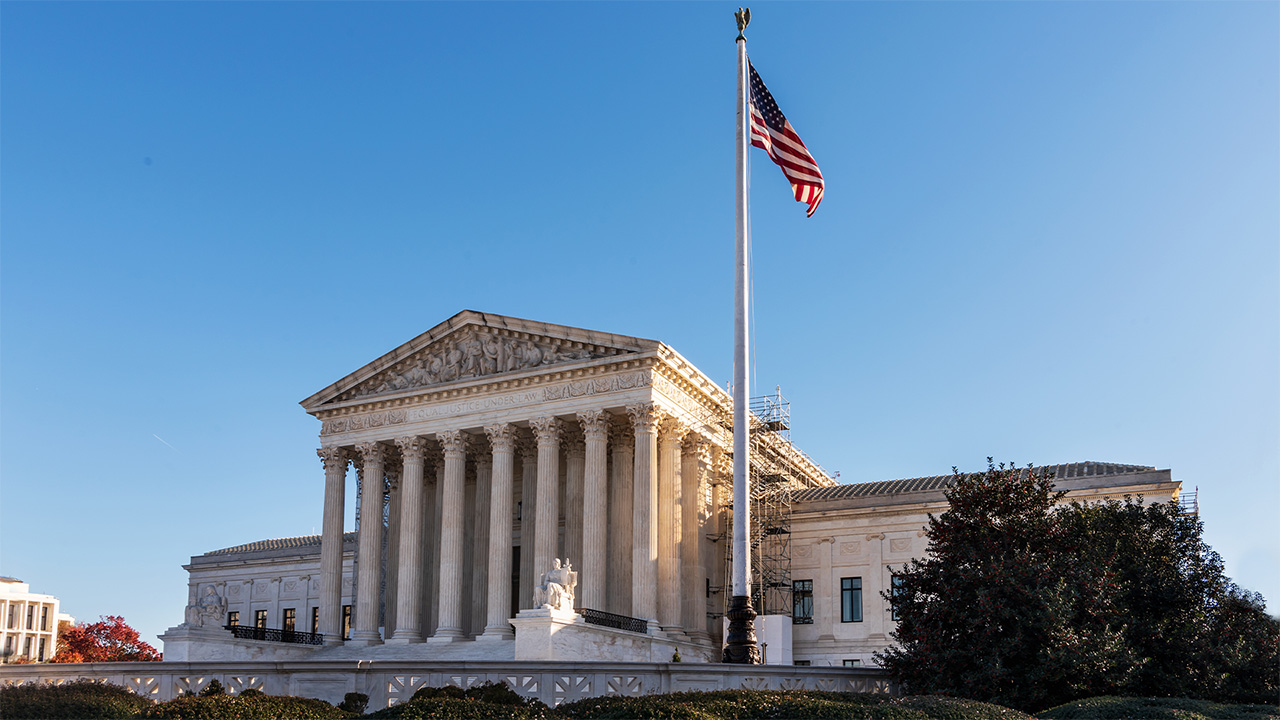
Trump & TikTok: a history
President Trump has changed his stance on the issue, having tried to ban TikTok in 2020 when he was last in office.
He cited national security concerns and signed orders targeting TikTok transactions and demanding ByteDance sell the app.
But fast-forward to 2024/2025, Trump opposes the ban. In December 2024, he asked the U.S. Supreme Court to pause implementation of the law.
Trump signed an executive order delaying the ban and instructed the Attorney General not to take any action in enforcing it. He said the pause would allow "an opportunity to determine the appropriate course forward in an orderly way that protects national security while avoiding an abrupt shutdown of a communications platform used by millions of Americans."
The Guardian reported that when asked about the aims of the order, Trump said it "just gave me the right to sell it or close it," adding that he had not yet made a decision on the right path forwards.
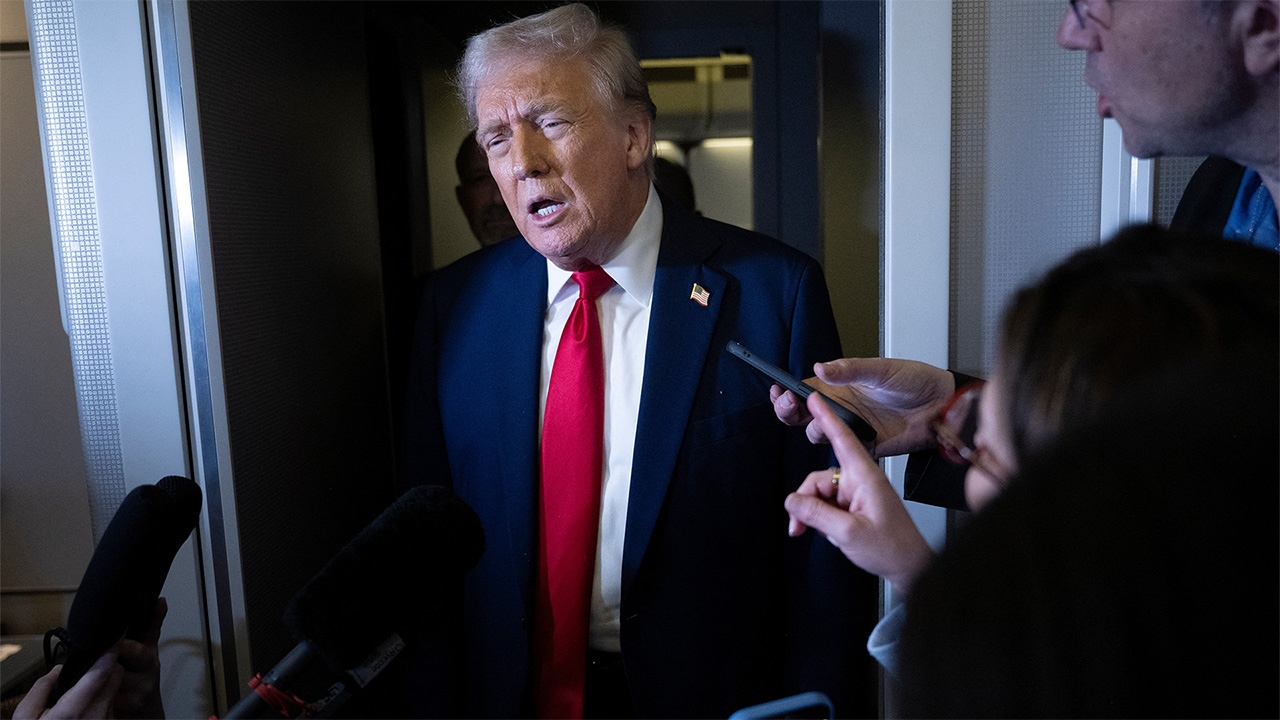
Prior to this, Trump said on Truth Social that he would "extend the period of time before the [TikTok ban's] prohibitions take effect, so that we can make a deal to protect our national security."
He added that he would want the U.S. to own 50% of TikTok, in what he described as a "joint venture." As services were brought back online, TikTok thanked Trump and said it would "work with President Trump on a long-term solution that keeps TikTok in the United States."
In the days leading up to April 5, Trump spoke of "tremendous interest" in TikTok and how he'd like to see the app "remain alive."
Following the announcement of a second extension, Trump said he looked forward to working with TikTok and China to close the deal.
On September 15, Trump said on Truth Social: "A deal was also reached on a “certain” company that young people in our Country very much wanted to save. They will be very happy! I will be speaking to President Xi on Friday. The relationship remains a very strong one!!!"
Following the call, Trump wrote that the discussion as "productive" and he "appreciated" Xi's approval of the deal.
Trump told Fox News that Rupert and Lachlan Murdoch, Larry Ellison, and Michael Dell would all be involved in the deal. He said "they're very well known people" who he thought would "do a really good job."
Your data is still at risk
Regardless of who owns TikTok, your personal data is at risk. In 2022, Australian cyber company Internet 2.0 published a report into TikTok's data collection and found it harvested excessive amounts of data.
The data included user location, access to calendars and contacts, device information, and device mapping – including all other running applications on your device.
Bloomberg reported that ByteDance is about to be fined $552 million for illegally sending the data of European users to China.
This is unlikely to change if ByteDance sold the app to a U.S-based company. Apple has recently paid $95 million dollars to settle a lawsuit involving Siri and claims it has violated user privacy.
Google's Nest and Amazon's Echo smart speakers have also been found to collect excessive amounts of personal data. There is also a dark side to music personalization, with Spotify Wrapped only working because of personal data collection. Although Spotify is a Swedish company, it is huge in the U.S. and shows excessive data collection is not just a product of Chinese companies.
U.S. tech giants are just as bad when it comes to data privacy. Tom's Guide compared the practices of TikTok, Google, Amazon, and Apple, highlighting the fines they've received and the risks they pose.

How to limit data collection
All social media apps and smart devices require a certain amount of personal data to operate. Your name, email address, and phone number are common requirements needed to sign up for the likes of Instagram, Facebook, and TikTok. But the issues are with "excessive" data collection.
Make sure you have read the app's privacy policies to understand what you're consenting to. Check the app's permissions and data collections and only accept what is absolutely necessary.
We test and review VPN services in the context of legal recreational uses. For example: 1. Accessing a service from another country (subject to the terms and conditions of that service). 2. Protecting your online security and strengthening your online privacy when abroad. We do not support or condone the illegal or malicious use of VPN services. Consuming pirated content that is paid-for is neither endorsed nor approved by Future Publishing.

George is a Staff Writer at Tom's Guide, covering VPN, privacy, and cybersecurity news. He is especially interested in digital rights and censorship, and its interplay with politics. Outside of work, George is passionate about music, Star Wars, and Karate.
You must confirm your public display name before commenting
Please logout and then login again, you will then be prompted to enter your display name.

